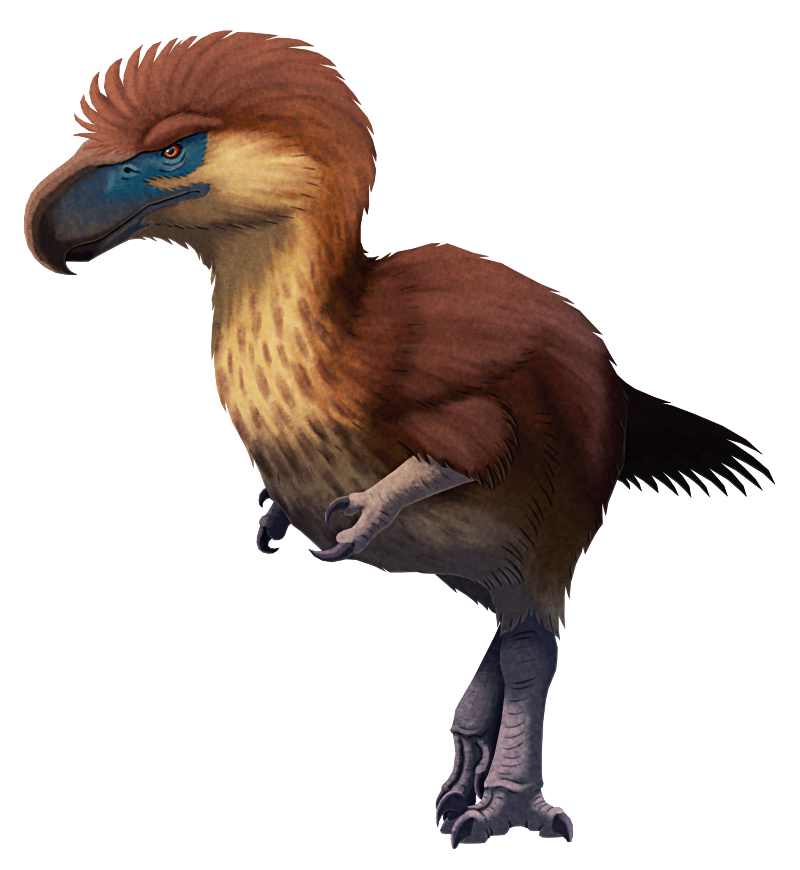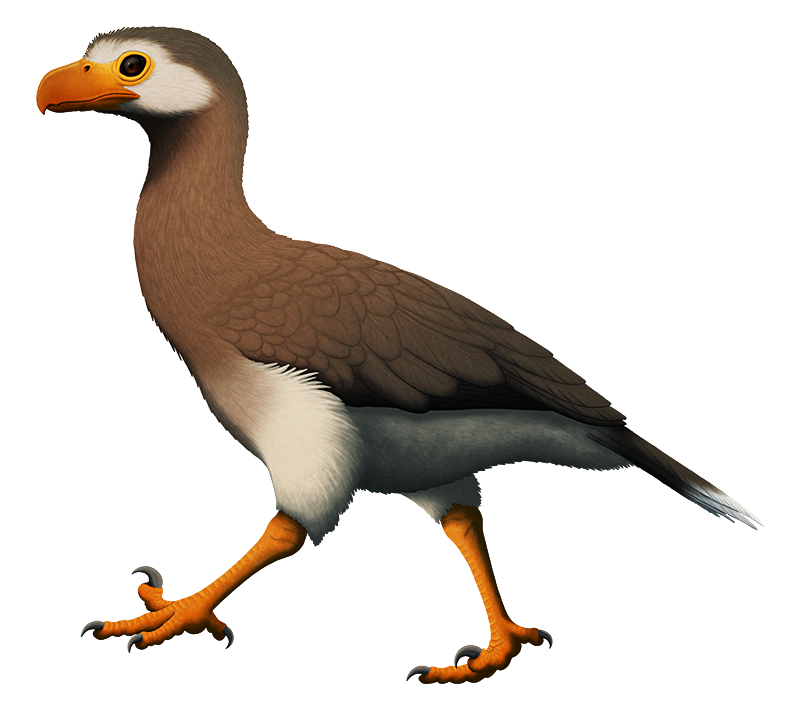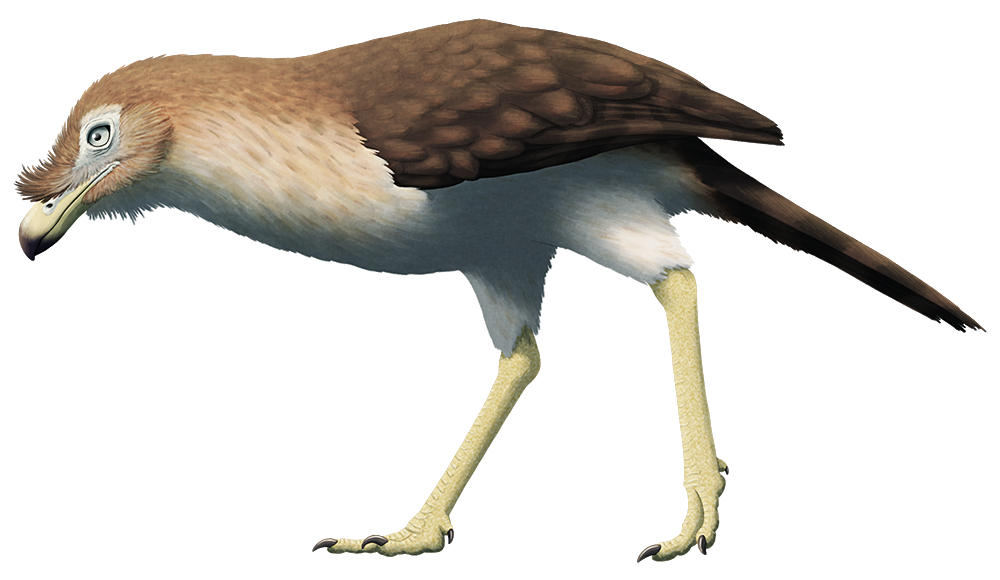Huge, flightless, and carnivorous, the phorusrhacids (or terror birds) were some of the largest apex predators in South America during its Cenozoic “splendid isolation” as an island continent – and they were possibly the closest that birds ever came to reclaiming the ecological roles of their extinct non-avian theropod dinosaur relatives.
And for a while in the late 1990s and early 2000s there was a hypothesis that they’d even re-evolved clawed hands.
This idea was based on the wing bones of Titanis walleri, the only terror bird known to have dispersed northwards during the Great American Biotic Interchange when North and South America became connected via the Isthmus of Panama.
Living during the Pliocene and Pleistocene in Florida and Texas, between about 5 and 1.8 million years ago, Titanis stood around 1.5-1.8m tall (~5-6′) and was heavily built, with long strong legs and a massive hooked beak. Remains of its small wings were incomplete and fragmentary but had seemingly unusual joints, with what looked like a stiffer wrist and more flexible “fingers” than other birds, which led paleontologist Robert Chandler to propose in 1994 that this terror bird species had modified its wings into clawed grasping arms similar to those of dromaeosaurs, used to restrain prey animals while its beak tore them apart.
But the idea of a giant murder-bird with added meathook-hands only lasted about a decade. Further investigation in 2005 showed that Titanis‘ arms weren’t that weird after all – the same sort of joints are found in terror birds’ closest living relatives, the seriemas, and so Titanis really had the same sort of small vestigial wings as many other large flightless birds.
…However, there still could have been some claws on there. Many modern birds actually have one or two small claws on their hands that aren’t visible under their feathers, and terror birds like Titanis having something like that going on is completely plausible – they just wouldn’t have been using them for any sort of specalized predatory function.



